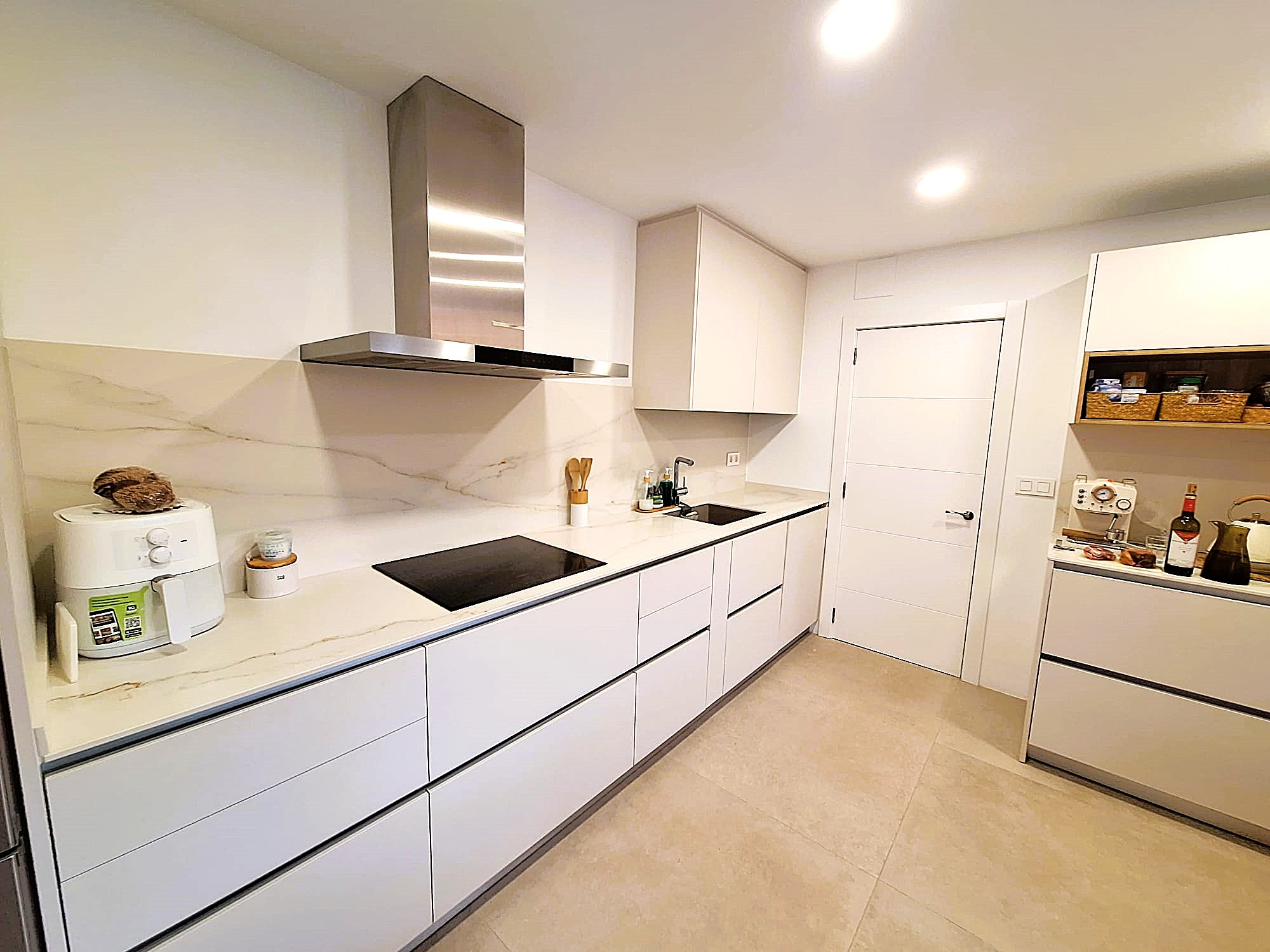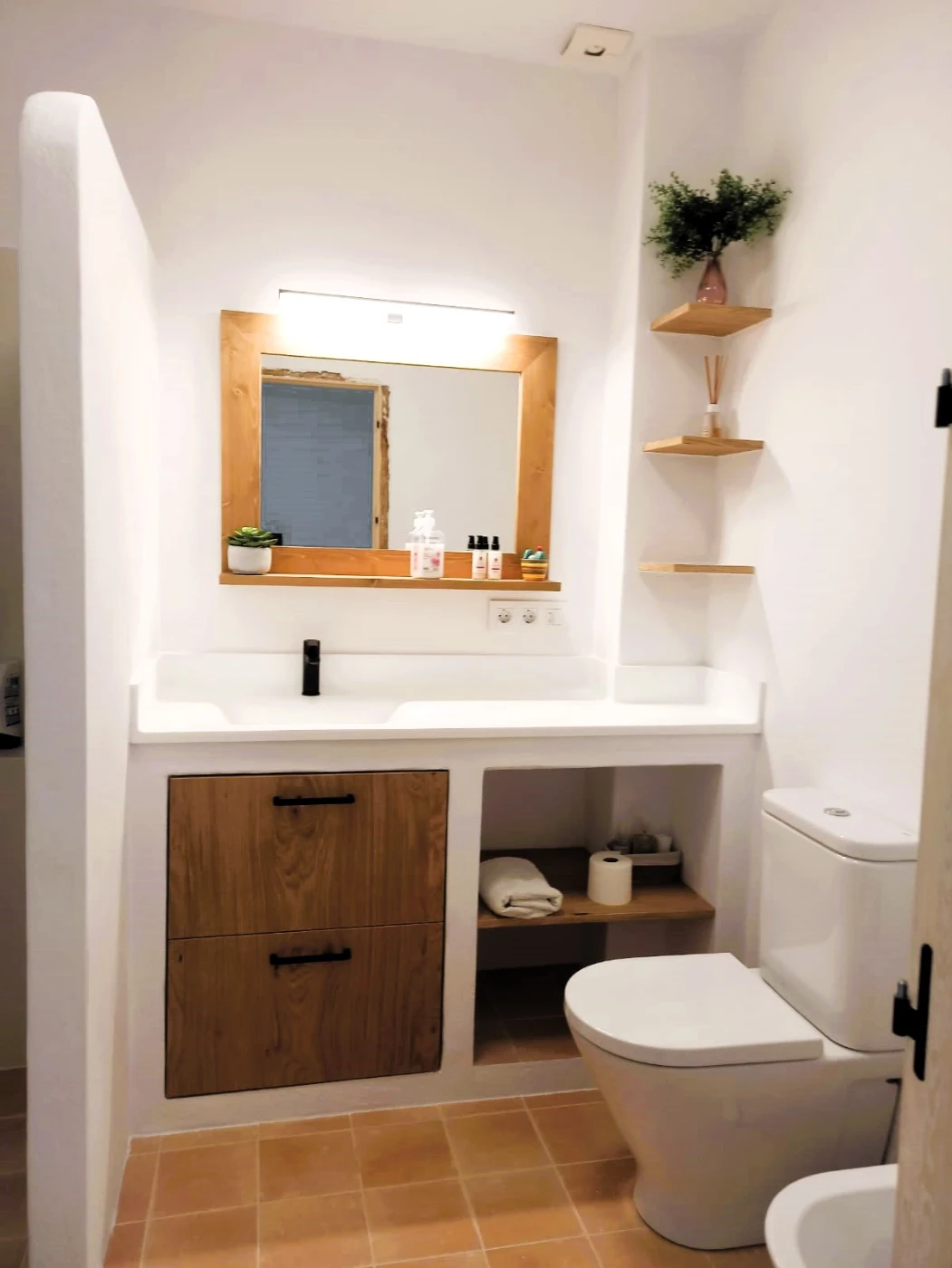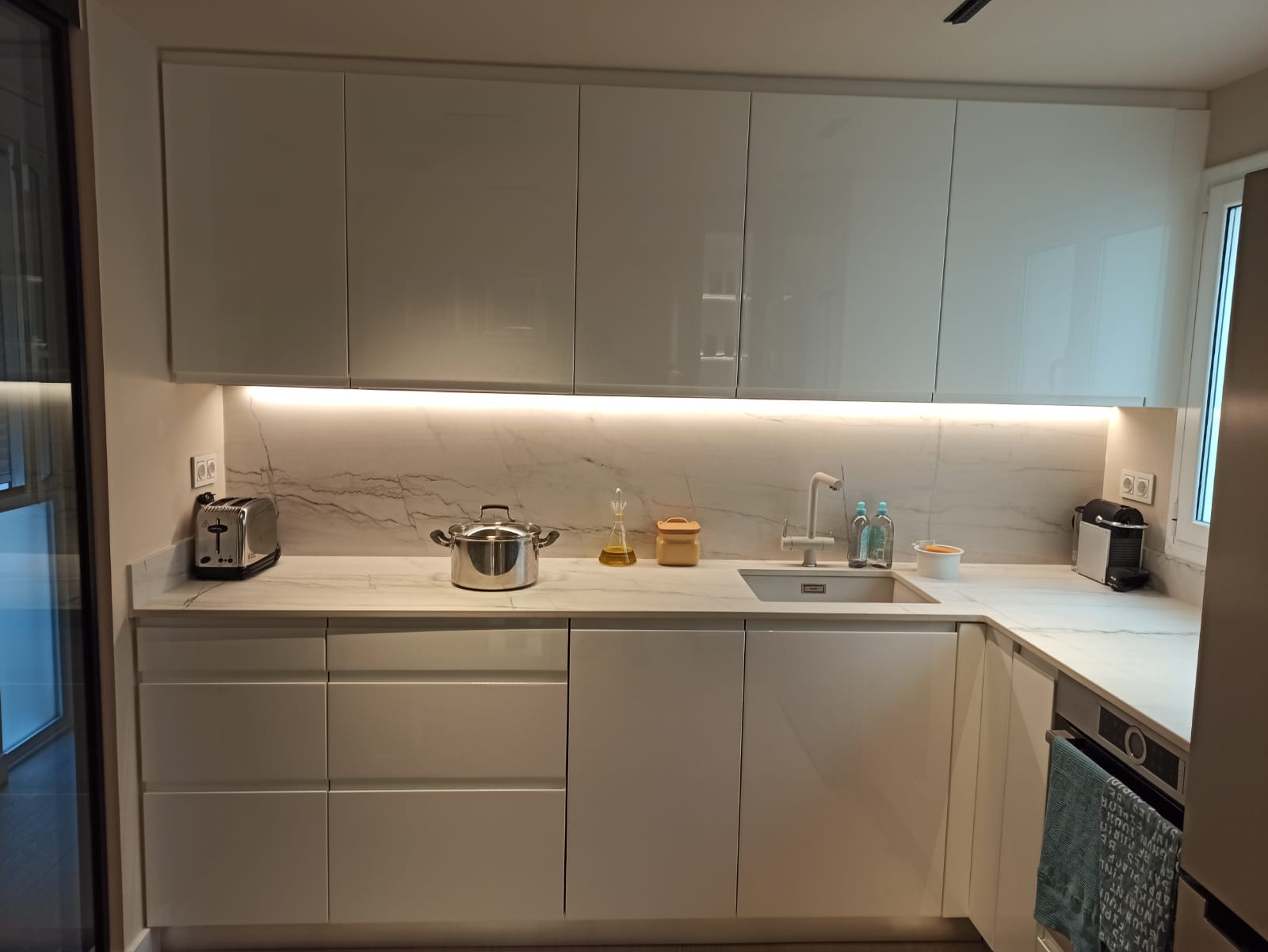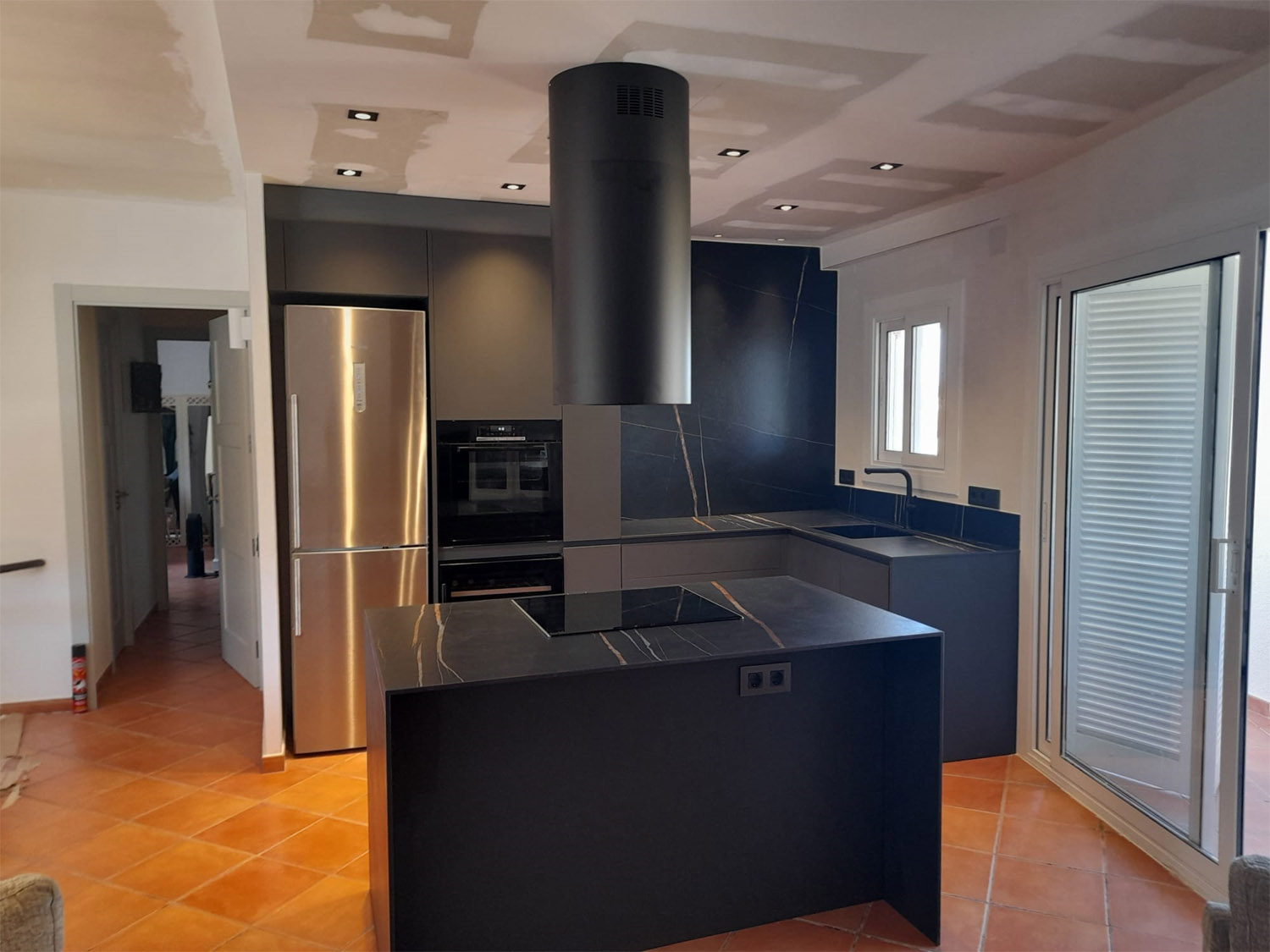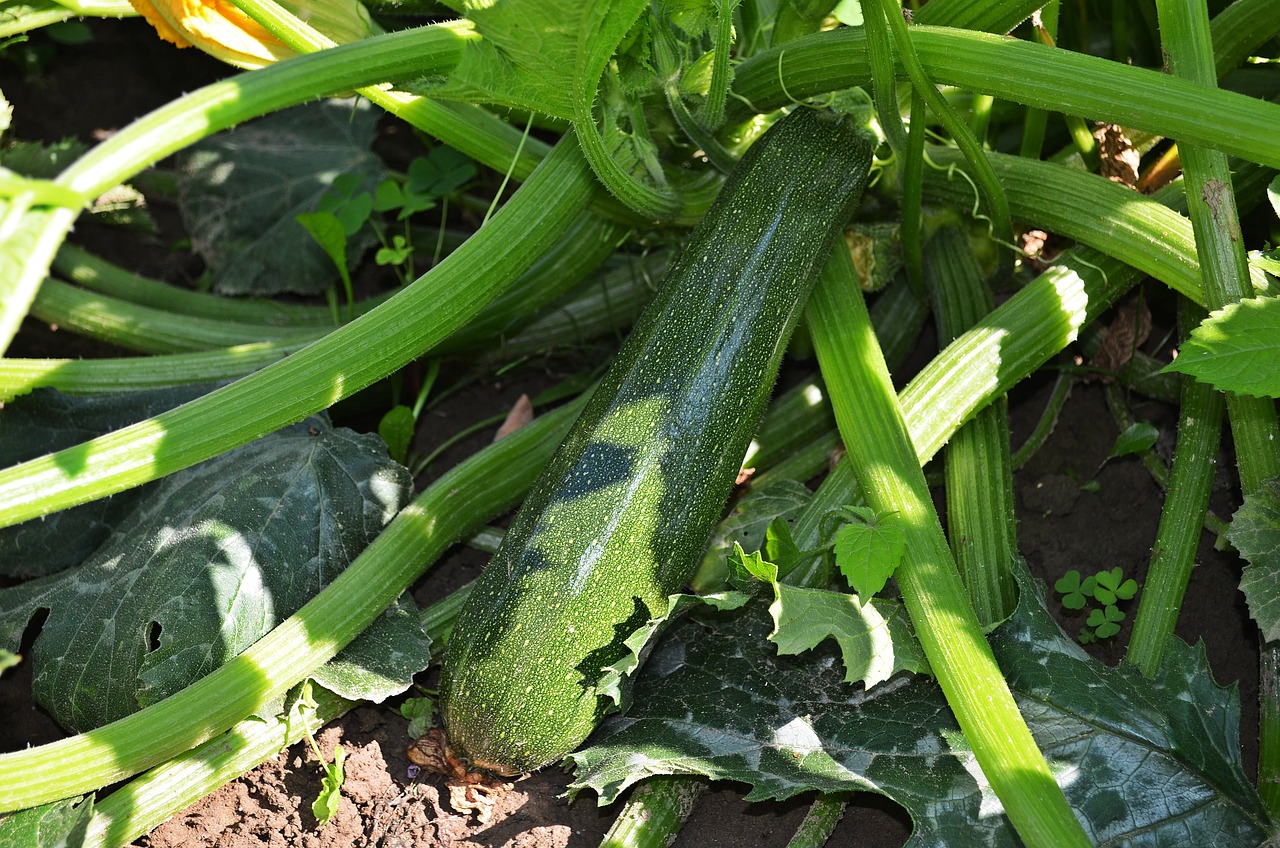
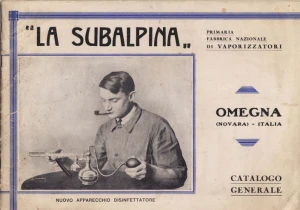
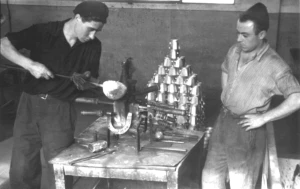
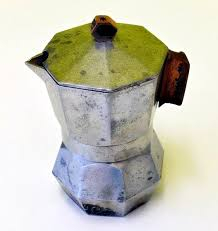
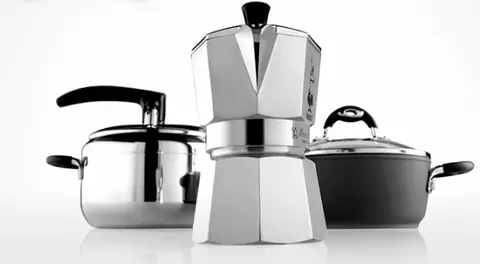
Thus was born the invention of the man with the mustache that we all instantly recognize wherever Bialetti coffee makers and coffee accessories are sold. The “Bialetti Man”, designed by the famous Italian artist Paul Campini, was an immediate success with the public and consumers around the world.
Decades passed and in the 1980s, when Moka Express was being exported to several countries, Francesco Ranzoni set up a company in Coccaglio with the aim of producing non-stick frying pans and cooking appliances exclusively in aluminum. At the same time, Subalpina (headed by Carlo Caldi) began to downsize and focus its efforts on the production of small household appliances.

What is a Moka coffee maker?
A Moka Pot is a percolator invented and mass-produced by Bialetti Italia. The Bialetti coffee maker is available in numerous models and cup sizes, but the general method has remained the same since its invention.
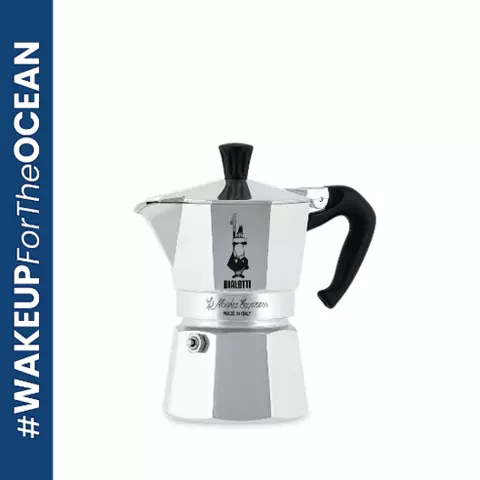
Assuming that you are now the proud owner of a 3-cup coffee maker, you must first take 20-22 grams of beans and grind them to an espresso grind (fine grind).
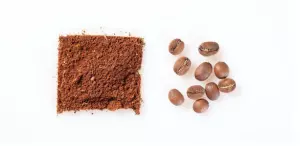
Boil some water (you can put cold water in the water tank of the coffee maker, but this generally leads to a faster infusion. Disassemble the Bialetti coffee maker (lid, coffee basket, water tank). After the water has boiled, pour the water to the bottom of the joint (touching the bottom).
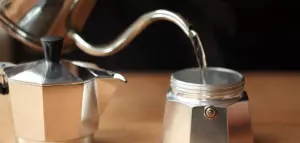
Take the ground coffee and fill the coffee basket completely and press to smooth. Place the top half of the moka pot and secure it.
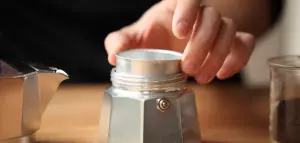

Turn on the stove and set it to medium heat. Make sure the lid is closed and the handle is not directly over the flame. When the water reaches the boiling point again, the pressure pushes the water through the coffee and to the top. Once you see that coffee is no longer being poured into the tank, you’re done!
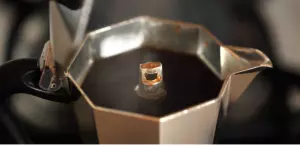
Cleaning and damping; aftercare
Be sure to hand wash immediately after use and do not use dish soap, as it can ruin the flavor of future brewed coffees. We recommend washing with water only and scrubbing to remove coffee oil. If it is absolutely unbearable, wash with vinegar and then with water.
Milk-based beverages
To prepare a milk-based drink or a cappuccino, you can use Bialetti’s Tuttocrema milk frother. The milk frother is exceptionally easy to use, clean and froth. Simply pour the milk into the frother, heat it until it reaches the desired temperature (consider using a coffee thermometer).
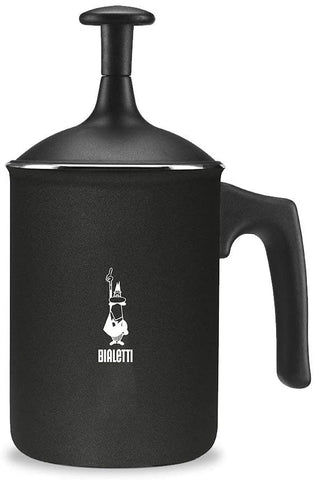
If cared for, Bialetti moka coffee makers last for decades and can be inherited. If you need replacement gaskets, parts or washers, they are commercially available.
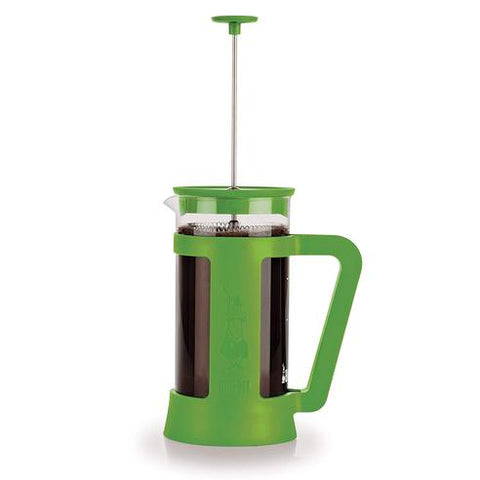
Case study: Bialetti Moka Express
Italian designer Alberto Alessi (not the designer of the Moka coffee maker) describing the Moka coffee maker. Interestingly, he is related to the original designer of the coffee maker.
“The fact is that Moka is now inscribed in the collective memory of the Italian people. It formalized the then novel ritual of preparing coffee at home (until then, espresso was usually the heritage of the coffee shop culture), turning the process into something intimate and familiar.
With the reassuring roar of coffee produced over a gas flame, it has established a connection with the public’s imagination that will continue to be repeated every morning regardless of the fashions currently prevailing in the market for electric single-serve coffee makers with their packages and capsules,” wrote Alberto Alessi, Bialetti’s grandson in a 2011 article.
Step-by-step process for the elaboration of a coffee maker with the Moka.
“Bialetti’s Moka celebrates over 80 years of classic design elegance and technological simplicity. From the early 1950s to the present day, Bialetti has manufactured more than 200 million coffee machines. In particular, the Moka Express has become an icon and has enabled millions of consumers to enjoy great Italian coffee.
The Moka produces a rich, authentic espresso in a matter of minutes. The aluminum coffee maker features Bialetti’s distinctive eight-sided shape that allows it to diffuse heat perfectly to enhance the aroma of your coffee.”
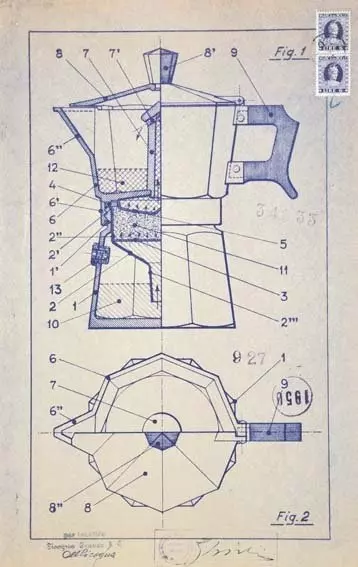
How the Moka cooker works
The interior of a Bialetti Moka coffee maker. The hot water is converted into steam, which drives the water up through the ground coffee beans into the upper chamber.
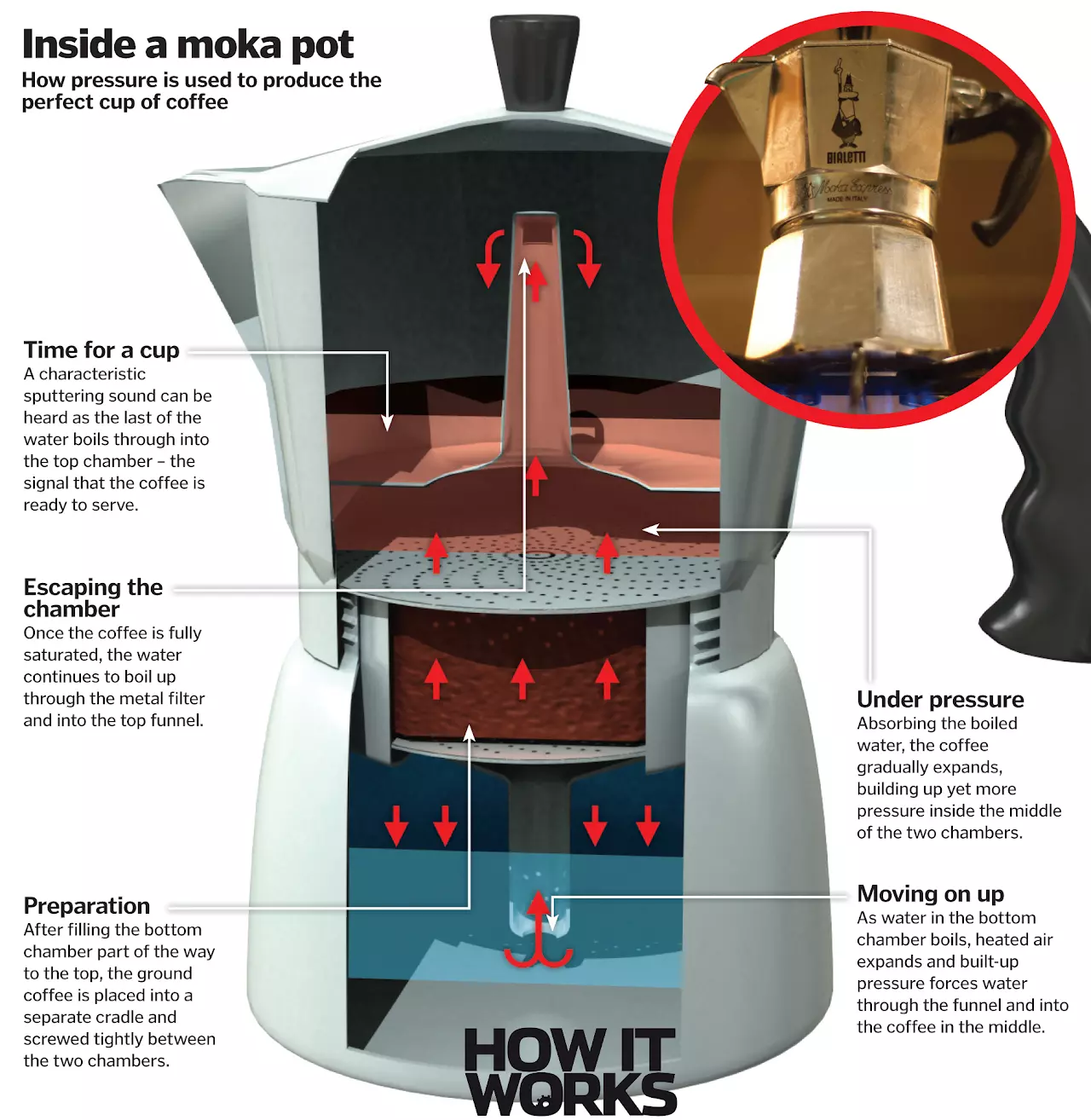
Innovation inspired by a washing machine
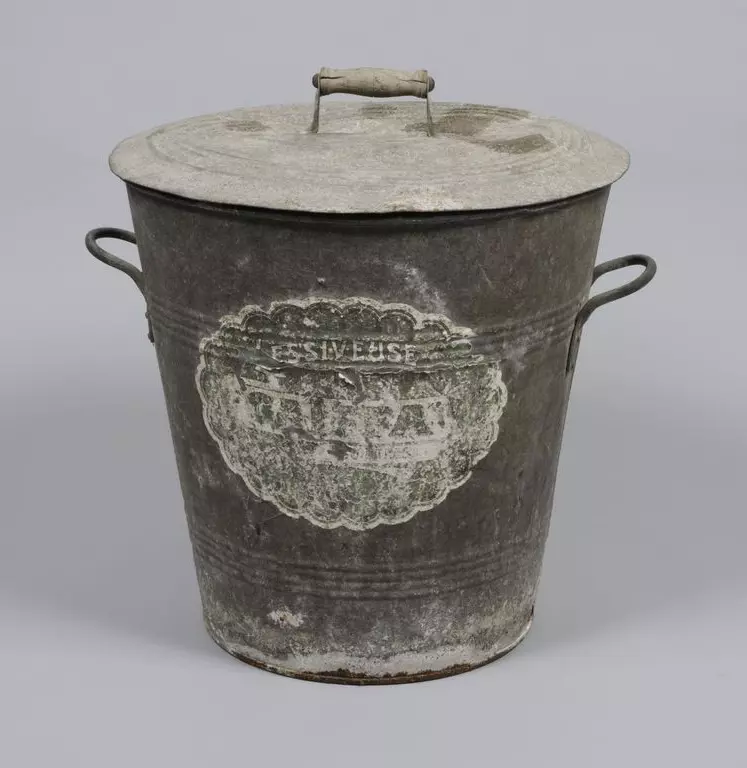
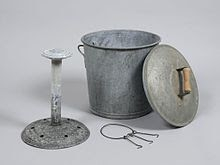
Moka range
After World War II, the design began to become a standard feature in Italian homes. At that time, cafés were mostly the domain of men. Women drank coffee at home. The Bialetti Moka provided these women with a high quality coffee that they could prepare at home.
Recognizing that many households were cost conscious, Bialetti produced the Moka in a variety of sizes (from one cup to 12 cups). This allowed users to prepare the precise amount of coffee they needed and avoid wasting coffee. Around 9/10 households have at least one Bialetti coffee maker.
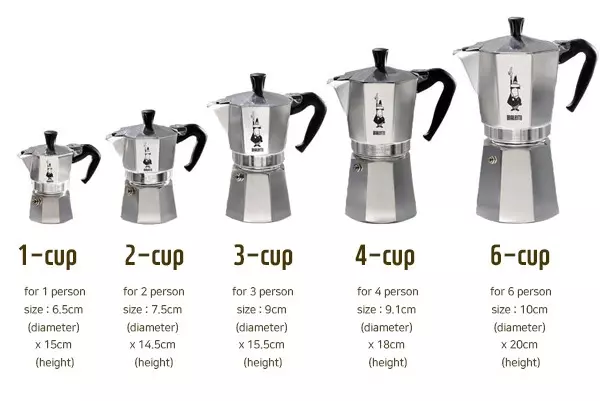
Recognizing that many modern kitchens now use induction heat sources, rather than gas or electric elements, Bialetti has developed a new range of Moka pots that are better suited to this heating element. The physical properties of steel mean that it conducts heat better, using less energy to heat the pot than the traditional aluminum pot.
- Moka Induction is the first Moka coffee maker that can also be used on induction hobs. A functional combination of materials makes this coffee maker unique and inimitable: the octagonal aluminum collection chamber represents tradition and continuity with the historic Moka Express, while the truncated cone-shaped steel boiler also allows it to be used on induction hobs.

